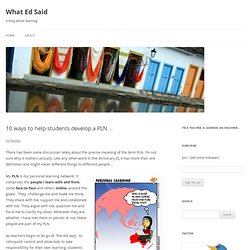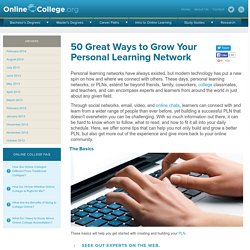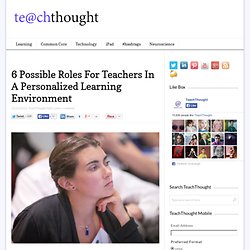

Subliminal Messages. Multitasking:This is your Brain on Media. How to increase serotonin in the human brain without drugs. The 7 Styles Of Learning: Which Works For You? Anthropologists find American heads are getting larger. White Americans' heads are getting bigger.

That's according to research by forensic anthropologists at the University of Tennessee, Knoxville. Lee Jantz, coordinator of UT's Forensic Anthropology Center (FAC); Richard Jantz, professor emeritus and former director of the FAC; and Joanne Devlin, adjunct assistant professor, examined 1,500 skulls dating back to the mid-1800s through the mid-1980s. They noticed U.S. skulls have become larger, taller and narrower as seen from the front and faces have become significantly narrower and higher. The researchers cannot pinpoint a reason as to why American head shapes are changing and whether it is primarily due to evolution or lifestyle changes. "The varieties of changes that have swept American life make determining an exact cause an endlessly complicated proposition," said Lee Jantz. The researchers found that the average height from the base to the top of the skull in men has increased by eight millimeters (0.3 inches).
Subliminal: The new unconscious and what it teaches us about ourselves. Intro to AI - Introduction to Artificial Intelligence - Oct-Dec 2011. The greatest mystery of the Inca Empire was its strange economy. Fixing Cognitive Distortions. Cognitive distortions have a way of playing havoc with our lives.

If we let them. This kind of “stinkin’ thinkin’” can be “undone,” but it takes effort and lots of practice — every day. If you want to stop the irrational thinking, you can start by trying out the exercises below. 1. Identify Our Cognitive Distortion. We need to create a list of our troublesome thoughts and examine them later for matches with a list of cognitive distortions. 2. A thorough examination of an experience allows us to identify the basis for our distorted thoughts. 3.
An alternative to “self-talk” that is harsh and demeaning is to talk to ourselves in the same compassionate and caring way that we would talk with a friend in a similar situation. 4. Instead of thinking about our problem or predicament in an either-or polarity, evaluate things on a scale of 0-100. 5. Subliminal Messages - Hidden Subliminal Image Samples - Do you get the hidden subliminal message? How to cultivate a personal learning network.
10 ways to help students develop a PLN… There has been some discussion lately about the precise meaning of the term PLN.

I’m not sure why it matters actually. Like any other word in the dictionary (!) , it has more than one definition and might mean different things to different people… My PLN is my ‘personal learning network’. It comprises the people I learn with and from, some face-to-face and others online, around the globe. As teachers begin to let go of ‘the old way’, to relinquish control and allow kids to take responsibility for their own learning, students too need to develop a PLN. 10 ways to support students in developing a PLN… Start simply… Innovating Pedagogy 2013. Seamless learning (connecting learning experiences across the contexts of location, time, device and social setting) is moving from research to mainstream adoption.

Mobile technologies enable learners of all ages to operate across contexts, for example schools allowing students to bring their own devices. Pedagogy is emerging, based on learners starting an investigation in class, then collecting data at home or outdoors, constructing new knowledge with assistance from the software, and sharing findings in the classroom. There is also a broader notion of seamless learning arising from connected experience. Our activities online are increasingly matched to our interests: search pages order responses based on previous queries; websites recommend content related to our past viewing.
50 Great Ways to Grow Your Personal Learning Network. Personal learning networks have always existed, but modern technology has put a new spin on how and where we connect with others.

These days, personal learning networks, or PLNs, extend far beyond friends, family, coworkers, college classmates, and teachers, and can encompass experts and learners from around the world in just about any given field. Through social networks, email, video, and online chats, learners can connect with and learn from a wider range of people than ever before, yet building a successful PLN that doesn't overwhelm you can be challenging.
With so much information out there, it can be hard to know whom to follow, what to read, and how to fit it all into your daily schedule. Here, we offer some tips that can help you not only build and grow a better PLN, but also get more out of the experience and give more back to your online community. The Basics These basics will help you get started with creating and building your PLN. Seek out experts on the web. Useful Tools. 6 Possible Roles For Teachers In A Personalized Learning Environment. By Justin Marquis, Ph.

D There is a mountain of speculation and debate about what school and learning will look like in the near future. Will education be online? Individualized? Self-paced?